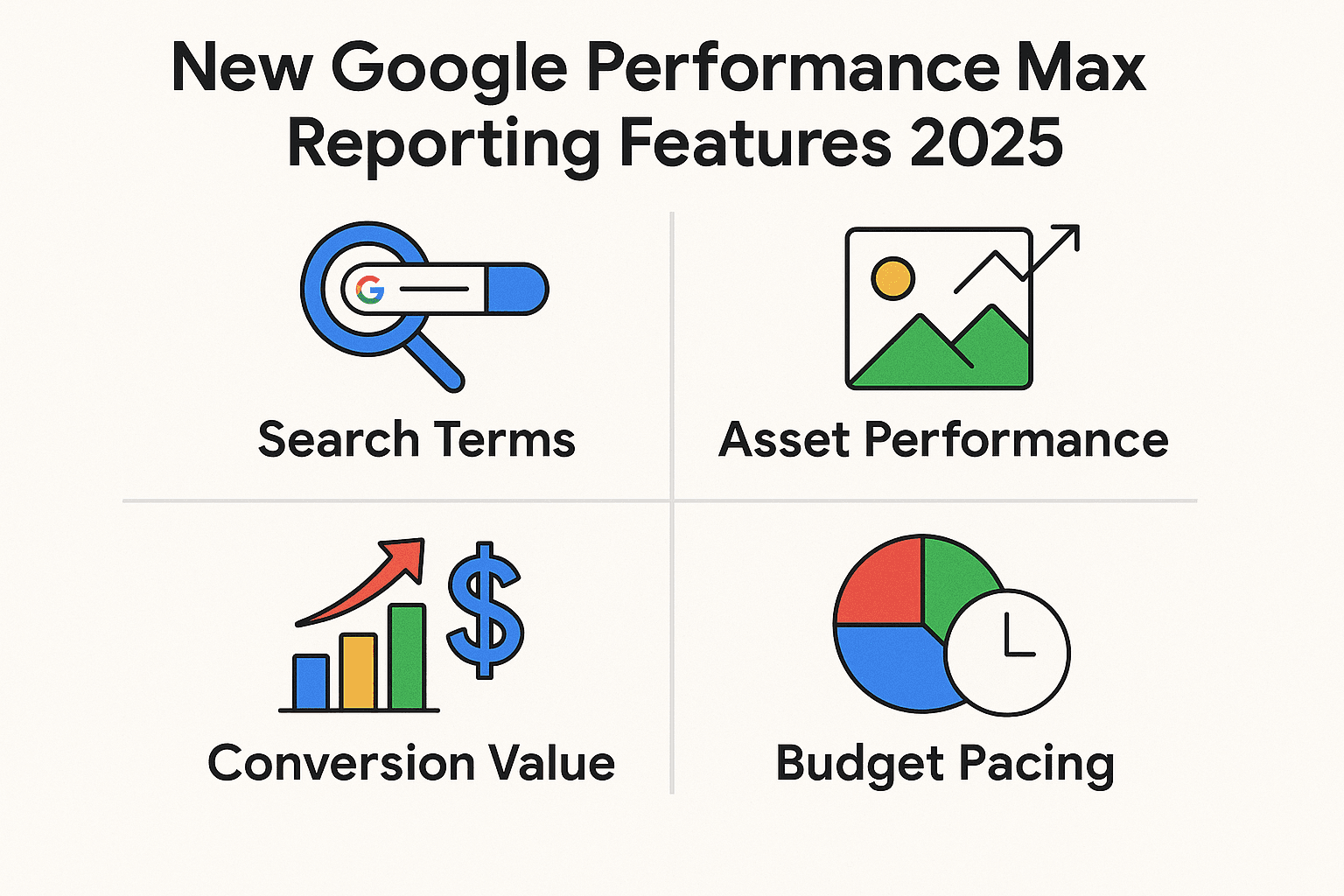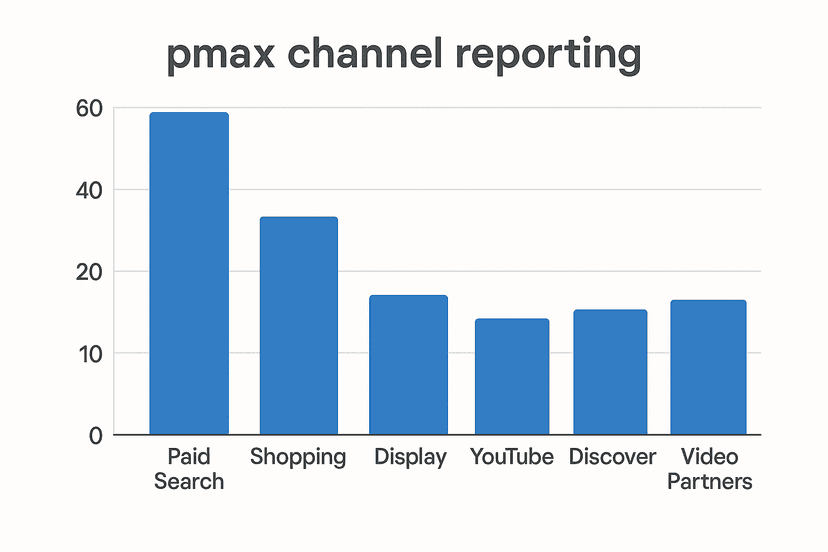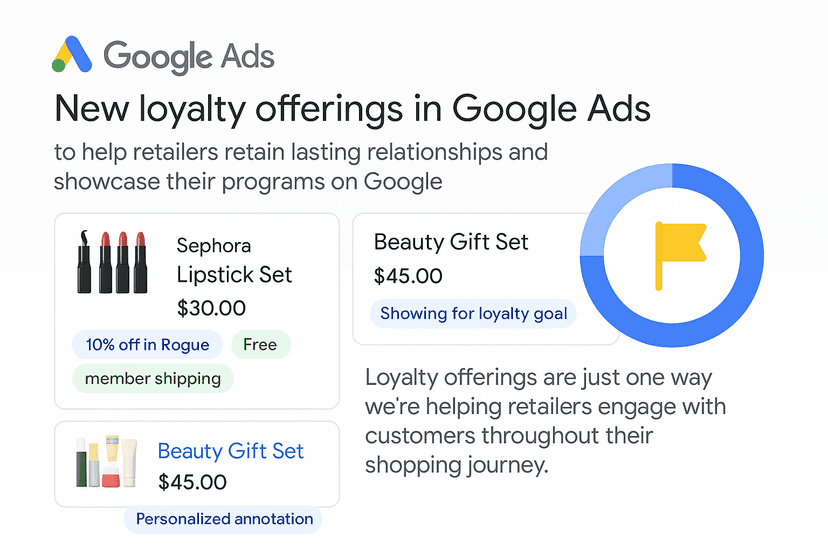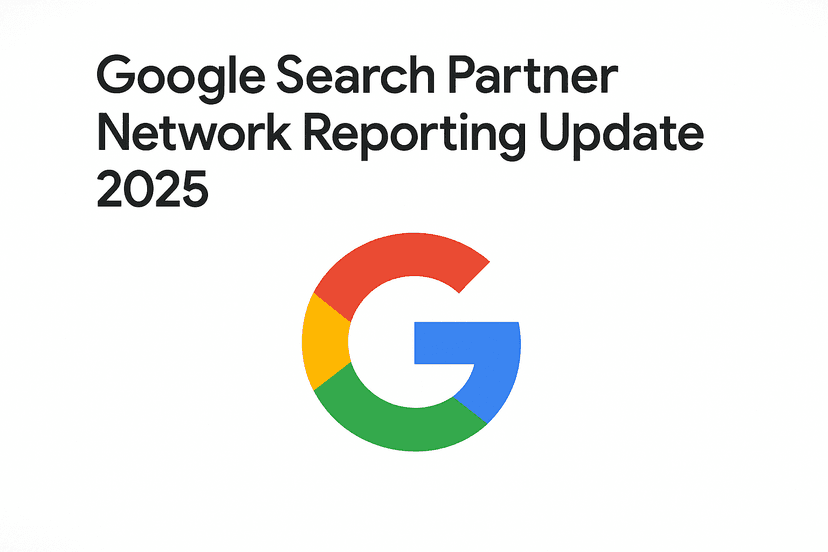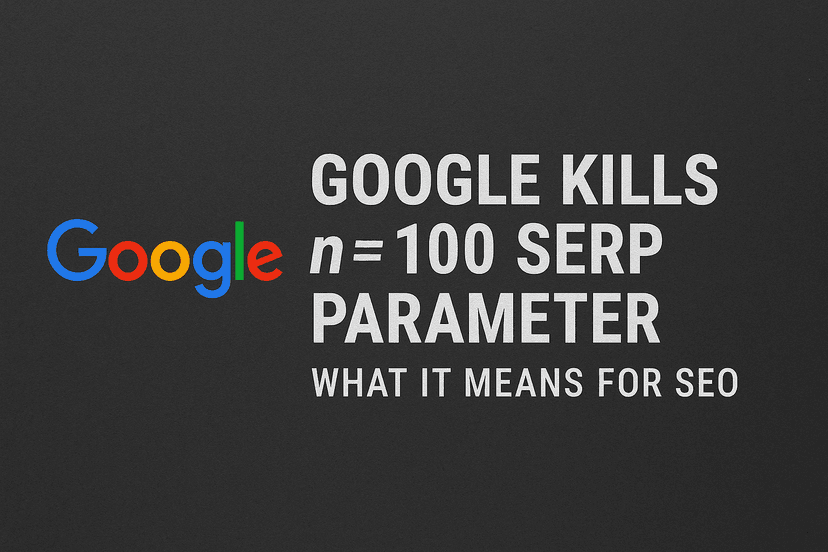Introduction
Google’s Performance Max campaigns have revolutionized digital advertising by automating ad placement across all Google surfaces. However, the lack of transparency in performance reporting has been a persistent challenge for advertisers seeking to understand where their budget delivers the best results. In 2024, Google has addressed these concerns with significant updates that provide unprecedented visibility into campaign performance across different channels and assets.
These latest reporting enhancements represent a major shift toward greater transparency in automated advertising. For the first time, advertisers can segment asset performance by device, time, conversions, and network, while also gaining detailed insights into how each Google surface contributes to their overall goals. This evolution in performance reporting capabilities allows marketers to make more informed decisions about their automated campaigns.
The new reporting features come at a crucial time when advertisers are demanding more control and visibility from their automated advertising investments. With these updates, Google is striking a balance between maintaining the simplicity of automated campaigns while providing the granular data that sophisticated advertisers require for optimization and strategic decision-making. To explore how these strategies can be applied in other industries, check out ecommerce marketing.
Understanding Performance Max Reporting Evolution
The journey toward improved Performance Max reporting has been gradual but significant. Initially, Performance Max campaigns operated as black boxes, providing minimal insight into which placements or assets drove results. This approach frustrated many advertisers who were accustomed to detailed reporting from traditional campaign types.
Google’s latest updates acknowledge that even automated campaigns benefit from transparency. The company has recognized that advertisers need to understand performance patterns to make strategic decisions about creative assets, budget allocation, and campaign optimization. This shift represents a maturation of Google’s approach to automated advertising.
The evolution reflects broader industry trends toward accountability in automated advertising systems. Advertisers are no longer satisfied with simply setting goals and letting algorithms optimize without visibility. They want to understand the mechanics behind performance and identify opportunities for improvement. Those interested in leveraging automation can explore tools like google ads for better insights.
These reporting enhancements also address regulatory pressures and advertiser demands for greater transparency in digital advertising. By providing clearer performance reporting, Google is responding to concerns about the accountability of algorithmic advertising decisions.
New Asset Reporting Segmentation Features
The most significant advancement in Performance Max reporting is the introduction of comprehensive asset segmentation. Advertisers can now analyze asset performance across four key dimensions: device, time, conversions, and network. This granular view enables marketers to identify which creative elements resonate with different audiences and placement contexts.
Device segmentation reveals how assets perform across mobile, desktop, and tablet environments. This insight is particularly valuable given the different user behaviors and content consumption patterns across devices. Advertisers can now identify assets that work exceptionally well on mobile versus desktop and optimize their creative strategy accordingly. For businesses targeting diverse audiences, exploring display advertising might enhance reach.
Time-based segmentation allows advertisers to understand performance patterns throughout different periods. This feature helps identify seasonal trends, day-of-week patterns, and optimal timing for specific assets. Understanding temporal performance variations enables more strategic creative rotation and budget allocation decisions.
Conversion segmentation provides visibility into which assets drive different types of conversions. This insight is crucial for advertisers with multiple conversion goals, as it reveals which creative elements are most effective at driving specific actions. The ability to connect asset performance to conversion outcomes represents a significant leap forward in campaign optimization capabilities. Additionally, tools like remarketing can further refine these efforts.
Network segmentation through the new “Network (with search partners)” view tracks individual assets across YouTube, Display, Search, Discover, Gmail, and Maps. This comprehensive view allows advertisers to understand how their creative performs across Google’s entire advertising ecosystem, identifying strengths and weaknesses in different placement contexts.
Enhanced Channel Performance Reporting
The channel performance report represents another major advancement in Performance Max transparency. This feature breaks down performance by individual Google surfaces, providing clarity on which channels contribute most effectively to campaign goals. The report includes practical enhancements designed for regular campaign reviews and optimization activities.
Account-level bulk downloads simplify data analysis by allowing advertisers to extract comprehensive performance data for detailed analysis. This feature is particularly valuable for agencies and large advertisers managing multiple campaigns who need efficient ways to aggregate and analyze performance across their entire account structure. Agencies looking to streamline this process may find value in agencies.
Cost visualization improvements help advertisers understand spending patterns across different channels. These visual enhancements make it easier to identify budget allocation opportunities and understand which surfaces provide the best return on investment. The improved visualization capabilities support more intuitive data analysis and strategic decision-making.
ROI-style columns in the performance table provide immediate visibility into profitability metrics across channels. These columns eliminate the need for manual calculations and make it easier to identify high-performing channels that deserve increased investment. The inclusion of standardized ROI metrics supports more consistent performance evaluation across different campaign types. Businesses focused on lead generation should consider lead generation service.
Segmentation by conversion action and ad-event type adds another layer of analytical depth to channel performance reporting. This feature allows advertisers to understand which channels excel at different types of conversions and user interactions, supporting more nuanced optimization strategies.
Reading and Interpreting the Data Correctly
Understanding how to properly interpret Performance Max reporting data is crucial for making effective optimization decisions. Google has provided specific guidance on common interpretation challenges that advertisers encounter when analyzing asset-level metrics and channel performance data.
The asset reporting system presents unique challenges because each asset records its own impressions, clicks, and costs. This approach can create confusion when comparing asset-level totals to campaign or asset group summaries. The discrepancy occurs because multiple assets often appear together in the same ad placement, leading to overlapping attribution. Marketers aiming to maximize ROI might benefit from resources like seo thailand.
Asset-level ratios such as click-through rate, cost-per-click, cost-per-acquisition, and return on ad spend should be interpreted as approximations rather than precise measurements. These metrics reflect combined performance when assets appear together, making it difficult to isolate the contribution of individual elements. This limitation emphasizes the importance of evaluating performance at higher levels of aggregation.
Google recommends focusing performance evaluation at the asset group or campaign level rather than getting caught up in individual asset metrics. This approach provides a more accurate representation of overall performance and reduces the risk of making optimization decisions based on misleading individual asset data.
The channel performance report distinguishes between “Results” and “Conversions” in ways that can create confusion. Results count primary conversions grouped by campaign goals, while Conversions include secondary actions that advertisers track. Understanding this distinction is essential for accurate performance interpretation and goal assessment.
Common Data Interpretation Pitfalls
Several common pitfalls can lead to misinterpretation of Performance Max reporting data. Being aware of these challenges helps advertisers make more informed decisions and avoid optimization mistakes that could harm campaign performance.
The most frequent mistake involves treating asset-level metrics as if they represent isolated performance. Since assets often appear together in ad placements, their individual metrics reflect combined rather than independent performance. This overlap means that simple asset comparisons can be misleading and lead to suboptimal creative decisions. Avoiding these errors can be simplified by implementing tactics from content marketing.
Another common error involves misunderstanding the relationship between asset totals and campaign totals. When multiple assets appear in the same placement, their individual impressions and costs are recorded separately, causing asset totals to exceed campaign totals. This accounting method is necessary for tracking purposes but can confuse advertisers unfamiliar with the system.
Advertisers sometimes make premature optimization decisions based on limited data or short time periods. Performance Max campaigns require sufficient data collection time to optimize effectively, and making frequent creative changes can disrupt the learning process. Google’s recommendation to use Ad Strength as a primary creative evaluation tool helps avoid these premature optimization decisions. Enhancing your creative process can also involve graphic design.
Misinterpreting conversion metrics represents another significant pitfall. The distinction between primary goal conversions and secondary tracked actions can lead to incorrect performance assessments. Advertisers need to clearly understand their conversion tracking setup and how different metrics relate to their business objectives.
Leveraging New Features for Campaign Optimization
The enhanced reporting capabilities provide numerous opportunities for campaign optimization when used strategically. Advertisers can now make data-driven decisions about creative development, budget allocation, and performance improvement based on granular insights previously unavailable in Performance Max campaigns.
Asset segmentation data reveals coverage gaps across networks and devices that might be limiting campaign reach and effectiveness. By identifying these gaps, advertisers can develop additional creative assets to ensure comprehensive coverage across all relevant placements and user contexts. This approach helps maximize the reach potential of Performance Max campaigns. For instance, expanding into facebook ads can diversify reach.
Channel performance insights enable more strategic budget allocation decisions. Understanding which Google surfaces deliver the best results allows advertisers to influence automated bidding through goal adjustments and campaign settings. While Performance Max campaigns remain automated, these insights inform higher-level strategic decisions about campaign structure and objectives.
Diagnostic information about limited serving provides actionable insights for performance improvement. When diagnostics indicate issues such as restrictive bid targets limiting campaign reach, advertisers can address these fundamental problems before evaluating creative performance. This systematic approach to optimization ensures that technical issues don’t mask creative performance problems. Tools like click fraud protection can further safeguard campaigns.
The combination of asset and channel reporting enables sophisticated creative testing strategies. Advertisers can develop hypotheses about asset performance across different channels and use the segmentation features to validate these assumptions. This approach supports more scientific creative optimization processes.
Best Practices for Performance Max Reporting
Implementing best practices for Performance Max reporting ensures that advertisers maximize the value of these new transparency features. These practices focus on systematic analysis approaches and integration with broader campaign management processes.
Regular review cycles should incorporate both channel performance and asset segmentation analysis. Weekly reviews using the enhanced reporting features help identify trends and optimization opportunities before they significantly impact campaign performance. The bulk download capabilities support efficient data analysis workflows for these regular reviews. Incorporating methods from email marketing can complement these strategies.
Asset evaluation should begin with Ad Strength assessment before diving into detailed segmentation analysis. Google’s Ad Strength tool provides a reliable foundation for creative evaluation, and segmentation data should complement rather than replace this primary creative assessment method. This approach ensures that optimization decisions consider both creative quality and performance patterns.
Cross-channel analysis should focus on understanding how different Google surfaces contribute to overall campaign goals rather than trying to optimize individual channel performance. Performance Max campaigns work best when viewed as integrated systems, and optimization decisions should consider the interconnected nature of cross-channel performance.
Documentation of optimization decisions and their outcomes creates valuable learning for future campaign management. The enhanced reporting capabilities provide rich data for testing hypotheses about creative performance and channel effectiveness. Systematic documentation helps build institutional knowledge about what works in different contexts.
Diagnostic Tools and Issue Resolution
The diagnostic capabilities within Performance Max reporting provide valuable troubleshooting tools for campaign performance issues. These features help advertisers identify and resolve technical problems that might be limiting campaign effectiveness before focusing on creative or strategic optimizations.
Limited serving diagnostics identify specific issues such as restrictive bid targets that constrain campaign reach. These insights allow advertisers to address fundamental campaign setup problems that might be preventing optimal performance. Resolving diagnostic issues should be the first step in any performance improvement process. Utilizing services like programmatic can enhance efficiency.
Budget and bidding diagnostics help ensure that campaign settings align with performance goals and market conditions. Understanding when bid targets are too restrictive or budget constraints are limiting reach provides actionable insights for campaign adjustment. These technical optimizations often provide more immediate impact than creative changes.
Asset approval and policy compliance diagnostics prevent serving issues that could significantly impact campaign performance. Regular monitoring of these diagnostic indicators ensures that technical problems don’t unexpectedly reduce campaign effectiveness. Proactive diagnostic monitoring supports more consistent campaign performance.
The integration of diagnostic insights with performance reporting creates a comprehensive view of campaign health and optimization opportunities. This holistic approach ensures that technical issues receive appropriate attention alongside performance optimization efforts.
Implementation Strategy for New Reporting Features
Successfully implementing the new Performance Max reporting features requires a structured approach that integrates these capabilities into existing campaign management workflows. The gradual rollout of features means that advertisers should prepare for implementation while these tools become available.
Initial implementation should focus on understanding baseline performance patterns using the new segmentation capabilities. This foundational analysis provides context for future optimization decisions and helps establish benchmarks for performance improvement. The enhanced reporting capabilities are most valuable when used to track changes over time.
Training and workflow development ensure that team members can effectively utilize the new reporting features. The additional complexity and analytical depth require updated processes and potentially new analytical skills. Investment in training and process development maximizes the value of these enhanced capabilities. Exploring options like web design can further support these efforts.
Integration with existing reporting and analysis tools helps maintain consistency in performance evaluation processes. The new Google reporting capabilities should complement rather than replace existing analytical workflows. Thoughtful integration ensures that enhanced transparency improves rather than complicates campaign management processes.
Testing and validation of insights derived from new reporting features helps build confidence in optimization decisions. The enhanced data provides new perspectives on campaign performance, and validation ensures that these insights lead to effective optimization actions. Systematic testing approaches help distinguish between correlation and causation in performance patterns.
Conclusion
Google’s latest Performance Max reporting enhancements represent a significant step forward in automated campaign transparency and control. The introduction of asset segmentation across device, time, conversion, and network dimensions, combined with detailed channel performance reporting, addresses long-standing advertiser concerns about visibility into automated campaign performance.
These improvements enable more sophisticated optimization strategies while maintaining the simplicity and automation benefits that make Performance Max campaigns attractive. Advertisers can now identify coverage gaps, understand cross-channel performance patterns, and make data-driven decisions about creative development and campaign strategy.
The key to success with these enhanced reporting capabilities lies in understanding their limitations and using them appropriately within broader campaign management processes. Asset-level metrics should be interpreted carefully, and optimization decisions should consider the interconnected nature of automated campaign performance across Google’s advertising ecosystem.
As these features continue to roll out to all advertisers, they will likely become essential tools for Performance Max campaign management. The combination of automation and transparency these updates provide represents the evolution of digital advertising toward more accountable and optimizable automated systems. Advertisers who master these new reporting capabilities will be better positioned to maximize the effectiveness of their automated advertising investments. For further assistance, feel free to reach out via contact us.
